Discover the top 10 most expensive spices in 2025 with detailed price comparisons, culinary uses, and expert buying tips. From saffron to sumac, these luxurious ingredients command high prices due to labor-intensive harvesting, limited supply, and unique flavor profiles. Below is a quick reference of all 10 spices with their price ranges and why they're so valuable:
| Spice | Price Range | Why Expensive |
|---|---|---|
| Saffron | $500-$5,000 per pound | Hand-picked stigmas from 75,000+ crocus flowers per pound |
| Vanilla Beans | $20-$50 per ounce | Hand-pollination required; 9-month curing process |
| Ceylon Cinnamon | $15-$25 per ounce | Thin, delicate bark requiring careful hand-rolling |
| Cardamom (Green) | $10-$25 per ounce | Manual harvesting and processing of delicate pods |
| Cloves | $8-$15 per ounce | Hand-harvested unopened flower buds at precise maturity |
| Long Pepper | $20-$40 per ounce | Rare cultivation; limited to specific tropical regions |
| Grains of Paradise | $15-$30 per ounce | Small-scale West African harvest; high labor intensity |
| Nutmeg | $5-$12 per ounce | Seasonal harvest; labor-intensive seed processing |
| Allspice | $4-$10 per ounce | Hand-picked berries; limited to Caribbean growing regions |
| Sumac | $10-$25 per ounce | Hand-harvested berries; labor-intensive drying process |
Whether you're a professional chef or home cook, understanding these premium spices' value helps you make informed purchasing decisions. Let's explore each in detail.
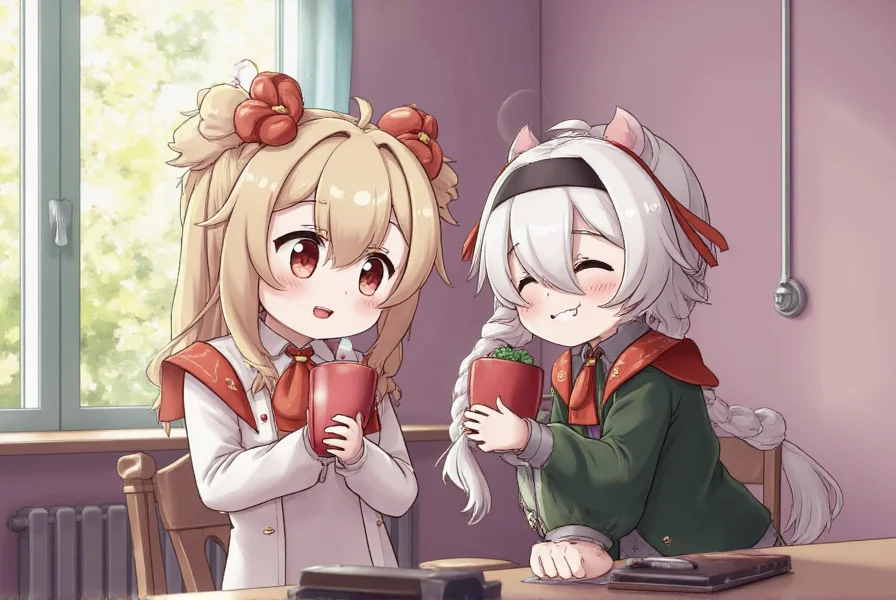
Table of Contents
- #1 Saffron – The Golden Queen
- #2 Vanilla – Sweet and Pricey
- #3 Cinnamon (Ceylon vs Cassia)
- #4 Cardamom – The Queen of Spices
- #5 Cloves – Tiny but Mighty
- #6 Long Pepper – Ancient Spice Comeback
- #7 Grains of Paradise – West African Wonder
- #8 Nutmeg – A Double Delight
- #9 Allspice – Jamaica's Secret Weapon
- #10 Sumac – Zesty and Rare
- Buying Guide: How to Choose Your Luxurious Spice
- Frequently Asked Questions About Expensive Spices
#1 Saffron – The Golden Queen
Saffron is the most expensive spice in the world by weight, costing between $500 and $5,000 per pound ($31-$312 per ounce). Why? Each delicate crimson thread is hand-picked from the crocus flower — one by one. It takes around 75,000 flowers to produce just one pound of saffron!

Uses:
- Rice dishes like paella and biryani
- Custards, ice creams, and desserts
- Infused into tea or milk for a calming drink
Tips:
- Never grind saffron until you're ready to use it — store whole threads for maximum potency.
- Soak in warm liquid first to release its full flavor and color.
#2 Vanilla – Sweet and Pricey
Vanilla beans typically cost $20-$50 per ounce, making them one of the world's most expensive spices. The vanilla orchid requires hand pollination and months of curing after harvest. This intensive process makes real vanilla extract a luxury item compared to cheaper imitations.
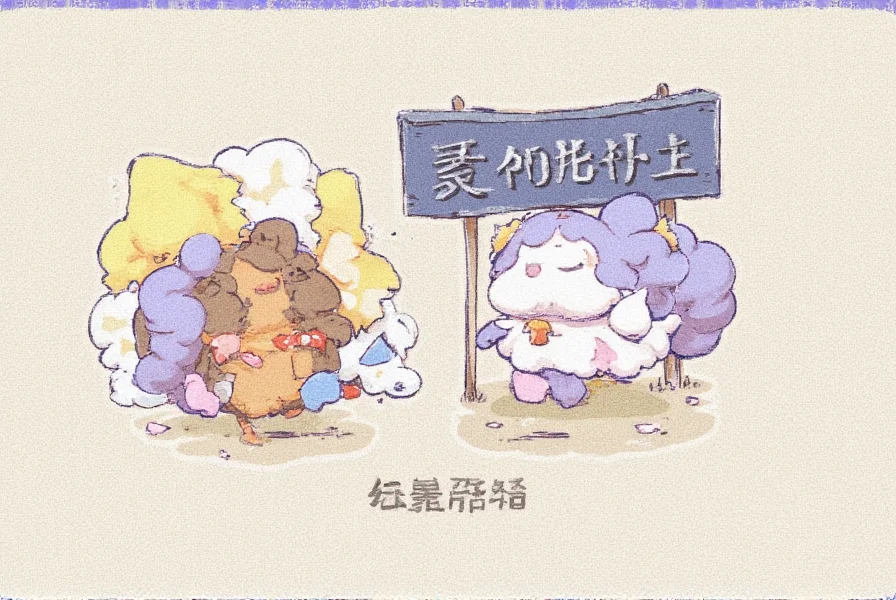
Use Cases:
- Baking: cakes, cookies, custards
- Homemade vanilla extract (just split beans + alcohol)
- Cocktails and dessert sauces
Tip:
- Save used vanilla pods to infuse sugar or make homemade extract.
#3 Cinnamon (Ceylon vs Cassia)
While cinnamon seems common, real Ceylon cinnamon costs $15-$25 per ounce, far more than its cousin Cassia ($3-$8 per ounce). Ceylon is sweeter, subtler, and often dubbed "true cinnamon." Its delicate layers require meticulous hand-rolling during processing.
| Type | Origin | Price per Ounce | Flavor Profile |
|---|---|---|---|
| Ceylon | Sri Lanka | $15–$25 | Delicate, citrusy |
| Cassia | China, Indonesia | $3–$8 | Strong, spicy |

#4 Cardamom – The Queen of Spices
Green cardamom costs $10-$25 per ounce and is more valuable than black varieties. Each pod contains tiny seeds that pack a powerful aroma. Manual harvesting and careful processing contribute to its high price.
Best For:
- Masala chai
- Kheer and rice pudding
- Spiced coffee and baked goods
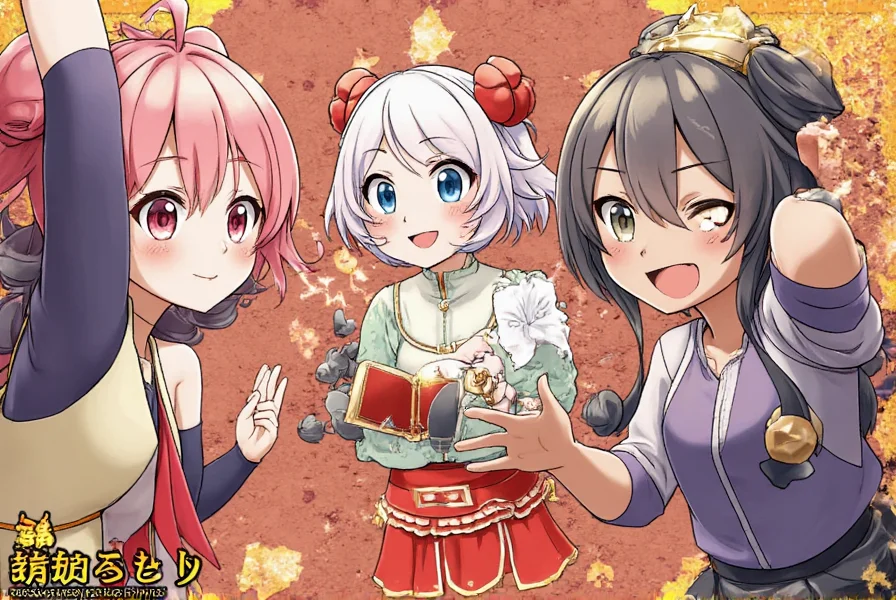
#5 Cloves – Tiny but Mighty
Cloves cost $8-$15 per ounce despite their small size. They grow as unopened flower buds and are harvested before they bloom. The labor-intensive process of hand-picking at precise maturity makes them valuable.
Where to Use Them:
- Roasted meats and holiday hams
- Pickling and spiced beverages
- Indian garam masala blends

#6 Long Pepper – Ancient Spice Comeback
Long pepper costs $20-$40 per ounce and was once the darling of ancient Roman cuisine. Now making a comeback, it offers a complex, peppery heat with floral undertones. Its resurgence has increased its price tag significantly due to limited cultivation in tropical regions.

#7 Grains of Paradise – West African Wonder
This African gem costs $15-$30 per ounce and is gaining popularity in gourmet kitchens. With hints of citrus, ginger, and pepper, it's a great substitute for black pepper and brings unique flair to seafood and desserts. Small-scale, labor-intensive harvesting contributes to its premium price.
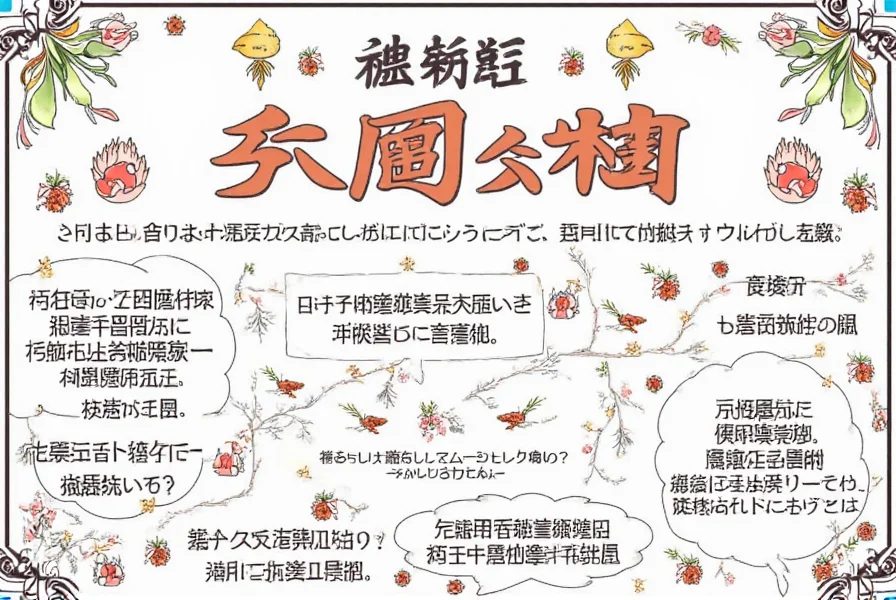
#8 Nutmeg – A Double Delight
Nutmeg costs $5-$12 per ounce and comes from the same fruit as mace (the lacy covering). Both are fragrant, warming, and perfect for winter baking or creamy sauces. Seasonal harvest and labor-intensive seed processing drive its cost.

#9 Allspice – Jamaica's Secret Weapon
Allspice costs $4-$10 per ounce and smells like a blend of cinnamon, clove, nutmeg, and juniper — yet it's none of those. Named by the English, it's essential in jerk seasoning and holiday pies. Hand-picked berries and limited Caribbean growing regions make it valuable.

#10 Sumac – Zesty and Rare
Sumac costs $10-$25 per ounce and adds tanginess without acid. Popular in Middle Eastern cuisine, it's made from dried berries and is rich in antioxidants. While becoming more mainstream, high-quality sumac still commands a premium due to labor-intensive harvesting and processing.
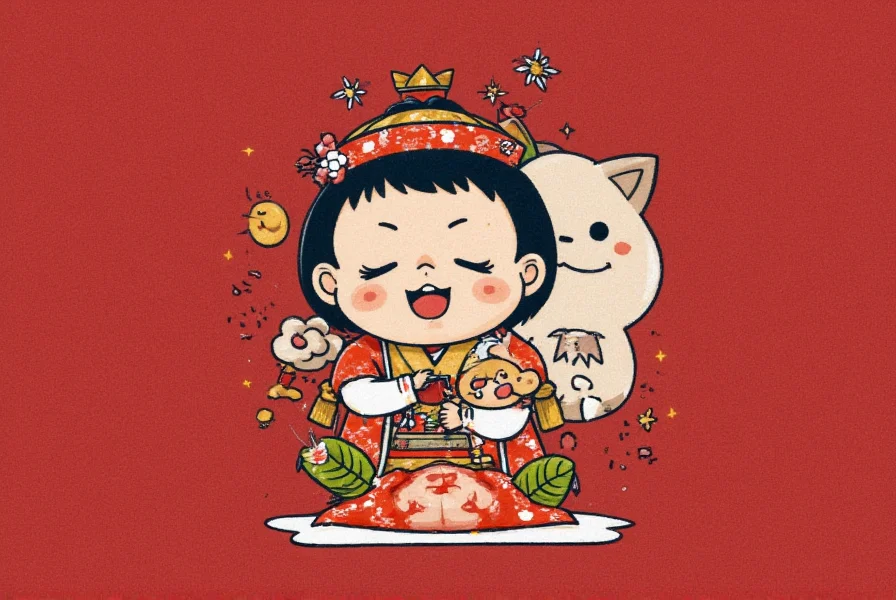
Buying Guide: How to Choose Your Luxurious Spice
Buying expensive spices can be tricky. Here's how to get the best value and quality:
1. Buy Whole When Possible
Whole spices last longer and retain flavor better. Invest in a grinder or mortar and pestle for freshness.
2. Store Smartly
- Keep in airtight containers away from light and heat.
- Label with purchase date — most spices last about 1–3 years.
3. Watch for Imitations
Be wary of products labeled "vanilla flavor" or "saffron-colored" — these often contain synthetic additives. Look for "pure" or "natural" on the label.
4. Know the Source
High-end spices often come with region-specific labeling. For example, look for "Iranian saffron" or "Bourbon vanilla."
5. Try Before You Commit
- Buy small quantities first, especially for new or expensive items.
- Join spice clubs or subscription boxes for curated samples.
Featured Products Comparison
| Product | Features | Best For | Occasion |
|---|---|---|---|
| Spanish Saffron Threads | 100% pure, hand-harvested, packed in glass jar | Paella, risotto, desserts | Special meals or gifts |
| Bourbon Vanilla Beans | Fleshy, plump pods with intense aroma | Baking, extracts, cocktails | Home chefs or bakeries |
| Ceylon Cinnamon Sticks | Thin, layered bark, sweet scent | Teas, stews, desserts | Daily use with flair |
Frequently Asked Questions About Expensive Spices
Why are some spices so expensive compared to others?
Spices become expensive due to factors like labor-intensive harvesting (saffron requires 75,000 flowers for one pound), limited growing regions, complex processing methods, and high demand with low supply. Some spices like vanilla require hand-pollination, while others like saffron must be harvested at precise times and processed carefully.
Is it worth paying more for expensive spices?
Yes, for many applications. Premium spices often have superior flavor, aroma, and color. They're typically purer with no fillers or additives. A little goes a long way with high-quality spices, making them cost-effective in the long run. For special occasions or professional cooking, the difference in quality is often noticeable and worthwhile.
How can I verify if expensive spices are authentic and high quality?
Look for these indicators: region-specific labeling (like "Iranian saffron" or "Bourbon vanilla"), whole spices rather than pre-ground (which can be adulterated), deep vibrant colors, strong natural aroma, and purchase from reputable specialty spice merchants. Avoid products with "artificial flavor" or suspiciously low prices compared to market rates.
What's the most expensive spice by weight?
Saffron is the most expensive spice by weight, costing between $500-$5,000 per pound depending on quality. Its high price comes from the labor-intensive harvesting process where each crimson stigma must be hand-picked from crocus flowers. Vanilla and cardamom follow as the next most expensive spices.
How much of expensive spices should I use in recipes?
Use expensive spices sparingly! A little goes a long way. For saffron, 10-15 threads typically suffices for 4 servings. With vanilla, one pod can flavor a whole batch of custard. When substituting premium spices for regular ones, start with 1/4 to 1/2 the amount called for in recipes, then adjust to taste.
Can I substitute expensive spices with more affordable alternatives?
Yes, but with flavor compromises. Turmeric can mimic saffron's color (but not flavor). Mexican vanilla or vanilla paste can substitute for premium vanilla beans. Cassia cinnamon works in place of Ceylon, though it's stronger and contains more coumarin. For the authentic experience, however, substitutions often fall short of the real thing.
How long do expensive spices last before losing potency?
Whole spices last longer than ground ones. Saffron threads can remain potent for 2-3 years when stored properly in airtight containers away from light. Vanilla beans last 1-2 years. Ground spices generally lose potency within 6-12 months. The best test is aroma - if it doesn't smell strong, it's lost much of its flavor.
Why is Ceylon cinnamon more expensive than regular cinnamon?
Ceylon cinnamon (true cinnamon) is more expensive because it's more labor-intensive to produce. It has thin, delicate layers that must be carefully rolled by hand, whereas Cassia cinnamon forms naturally in thick, single-layer quills. Ceylon is also grown in more limited regions (primarily Sri Lanka), has a more complex, subtle flavor, and contains much less coumarin than Cassia.
Conclusion
Whether you're adding a pinch of saffron to your Sunday stew or grinding fresh vanilla into your morning latte, the world's most expensive spices offer something beyond taste — they offer experience, tradition, and a touch of luxury. With this list and buying guide, you're now equipped to explore the spice cabinet like a pro. So go ahead, treat yourself to a little spice splurge — your palate will thank you!
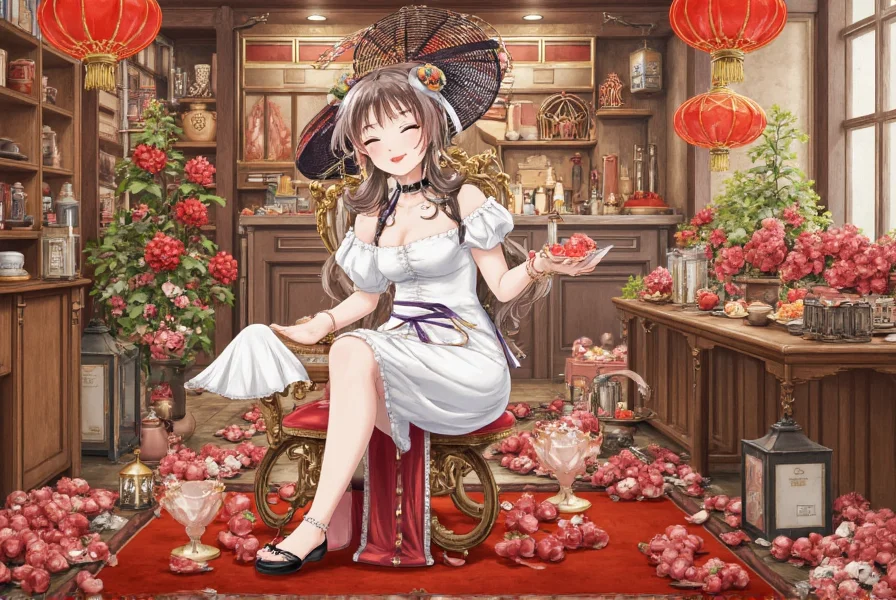











 浙公网安备
33010002000092号
浙公网安备
33010002000092号 浙B2-20120091-4
浙B2-20120091-4